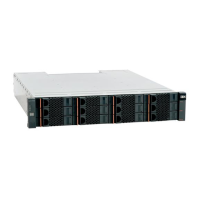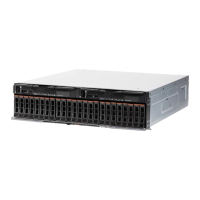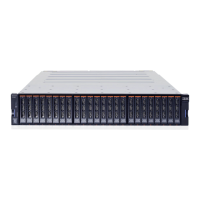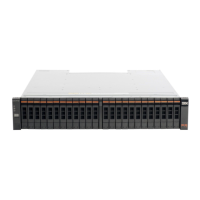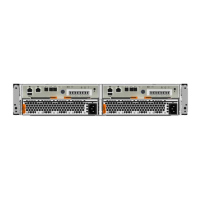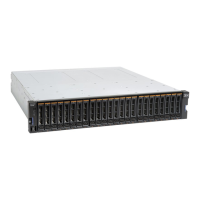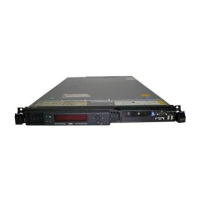© Copyright IBM Corp. 2013. All rights reserved. 255
Chapter 6. Basic volume and host
configuration
This chapter describes the steps involved in how to use IBM Flex System V7000 Storage
Node to create a volume and map a volume to a host to access it. A volume is a logical disk
on IBM Flex System V7000 Storage Node that is provisioned out of a storage pool and is
recognized by a host with an identifier UID field and a parameter list:
The first part of this chapter describes how to create the different types of volumes on IBM
Flex System V7000 Storage Node.
The second part of this chapter explains how to map volumes to the attached hosts.
Finally, the last part of this chapter shows how to discover those volumes from the hosts.
Also discussed are the scalability enhancements made in v7.1 compared to v6.4.
Migration of volumes is covered in Chapter 7, “Storage Migration Wizard” on page 283.
Advanced host and volume administration, such as creating volume copies, FlashCopies, and
so on, are described in Chapter 9, “IBM Flex System V7000 Storage Node Copy Services” on
page 363.
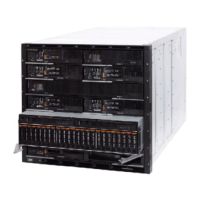
